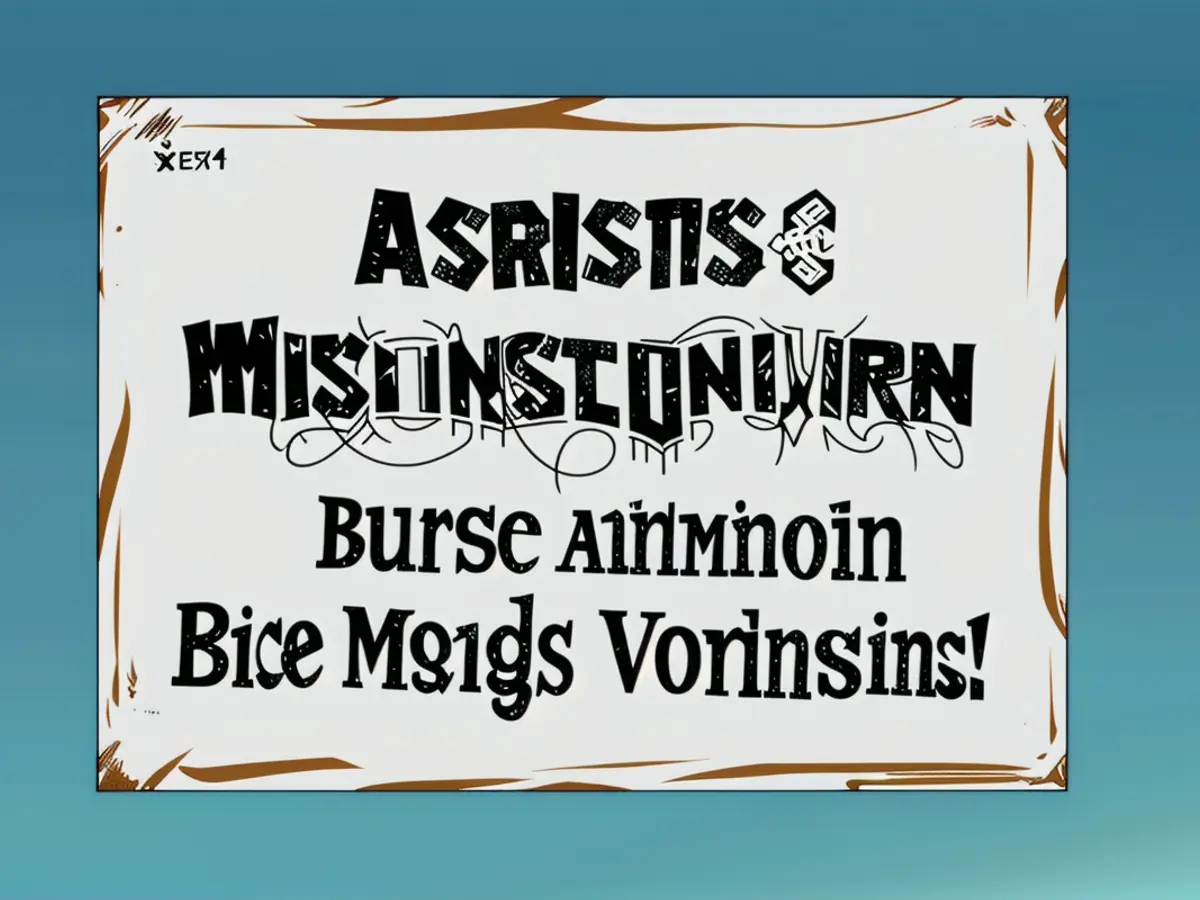Gas Leak Scare at the Local Pool: Chlorine Escape Managed Efficiently
Chlorine gas leak occurs at public swimming pool - Chlorine gas emitted in outdoor bathing areas
In an unexpected turn of events, a whiff of potentially harmful chlorine gas filled the air at our town's public pool in Quickborn recently. Worry not, fellow swimmers! The pool was closed when the incident occurred, and nobody got hurt. The heroes of the hour were the local fire department and emergency services, who swooped in like a well-choreographed rescue mission.
The drama unfolded in the hidden depths of the pool's technical room, where a tiny glitch in a shut-off chlorine gas cylinder triggered the gas leak. For the sake of transparency, let's call this the 'technical hiccup.'
With safety at the forefront, emergency services clad in chemical protection suits and equipped with breathing apparatuses swarmed the scene, investigating the situation and rectifying the 'technical hiccup.' A decontamination station nestled on the premises added an extra layer of safety. Over 60 emergency personnel were part of this daring operation.
To ensure your peace of mind, we tide over such incidents by following specific safety protocols. Here's an outline of what typically happens behind the scenes:
- Prompt Evacuation:
- People must swiftly vacate the area to avert chlorine gas exposure.
- This includes everybody in the vicinity of the leak.
- Isolation and Protective Gear:
- The leak area is cordoned off to prevent gas dispersal.
- Responders put on protective gear, such as masks and full-body suits, to minimize exposure.
- They also maintain a safe distance from the source and stay away from low-lying areas where gas can accumulate.
- Ventilation:
- Proper ventilation of enclosed spaces is ensured before re-entry can occur.
- This should only be performed by trained personnel donned in protective gear.
- Leak Control:
- Attempts are made to halt the leak without endangering responders.
- Water spray can help redirect gas away from people while keeping it from entering waterways or confined spaces.
- Fire Precautions:
- Chlorine may not ignite, but it can fan the flames of other materials.
- Water spray or fog is used to quell fires involving chlorine, and dry chemical or carbon dioxide extinguishers should be avoided for small fires.
- Emergency Response:
- Authorities are promptly alerted when emergencies arise.
- Post-Incident Procedures:
- A thorough safety check and inspection are conducted to ensure the area is hazard-free before it can be reopened.
- The incident is documented for future reference and to evaluate the effectiveness of response strategies.
Remember, these measures are not restricted to Quickborn but are universally employed to safeguard public pool patrons. Apart from these, regular testing and maintenance of chlorine and pH levels, lifeguard and personnel training, and clear safety signs for patrons are crucial for pool welfare. The local pool is always ready to provide you with a refreshing dip, so join us for a splashing good time!
- In instances like the recent gas leak at the Quickborn pool, community aid comes into play as the steel industry provides emergency response vehicles, such as fire trucks and ambulances, ensuring swift intervention in critical situations.
- During the Quickborn pool incident, it was discovered that the chlorine leak originated from a faulty shut-off valve, a part that is manufactured and tested by the steel industry to ensure its integrity.
- To further enhance pool safety, the steel industry is employed to fabricate decontamination stations, which were deployed during the Quickborn pool incident to neutralize residual chlorine and ensure the area was safe for reentry.








